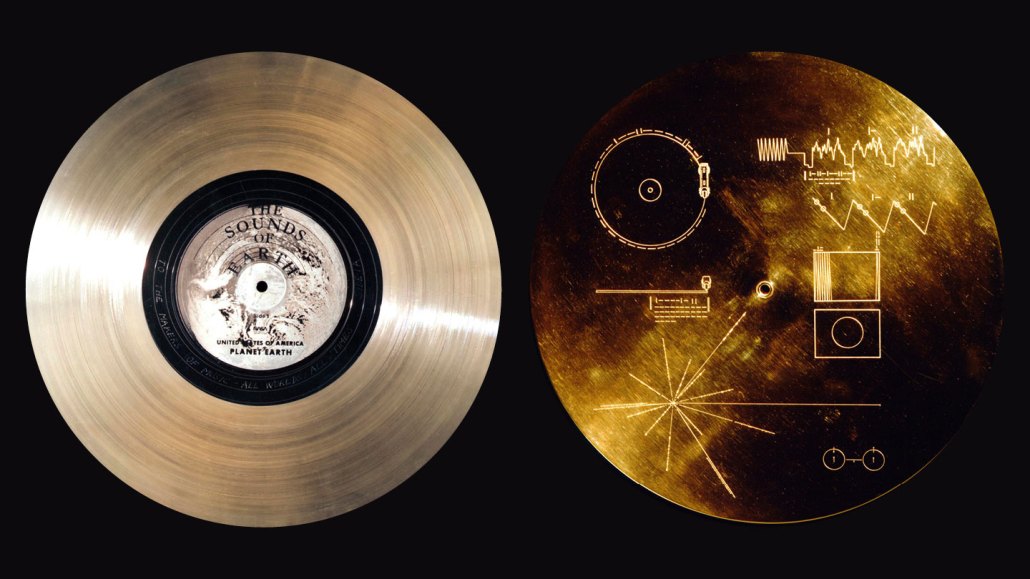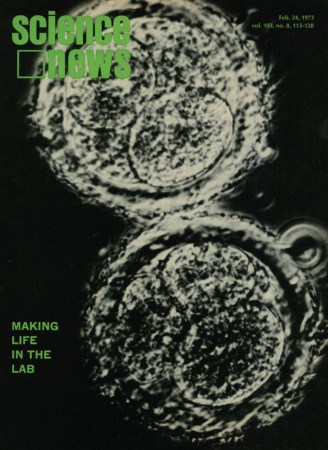50 years ago, Earth’s chances of contacting E.T. looked slim
Excerpt from the February 24, 1973 issue of Science News

Should aliens ever encounter NASA’s Voyager spacecraft, they’ll find the Golden Record (left, cover shown right), which is packed with sounds and images of Earth.
JPL-Caltech/NASA








